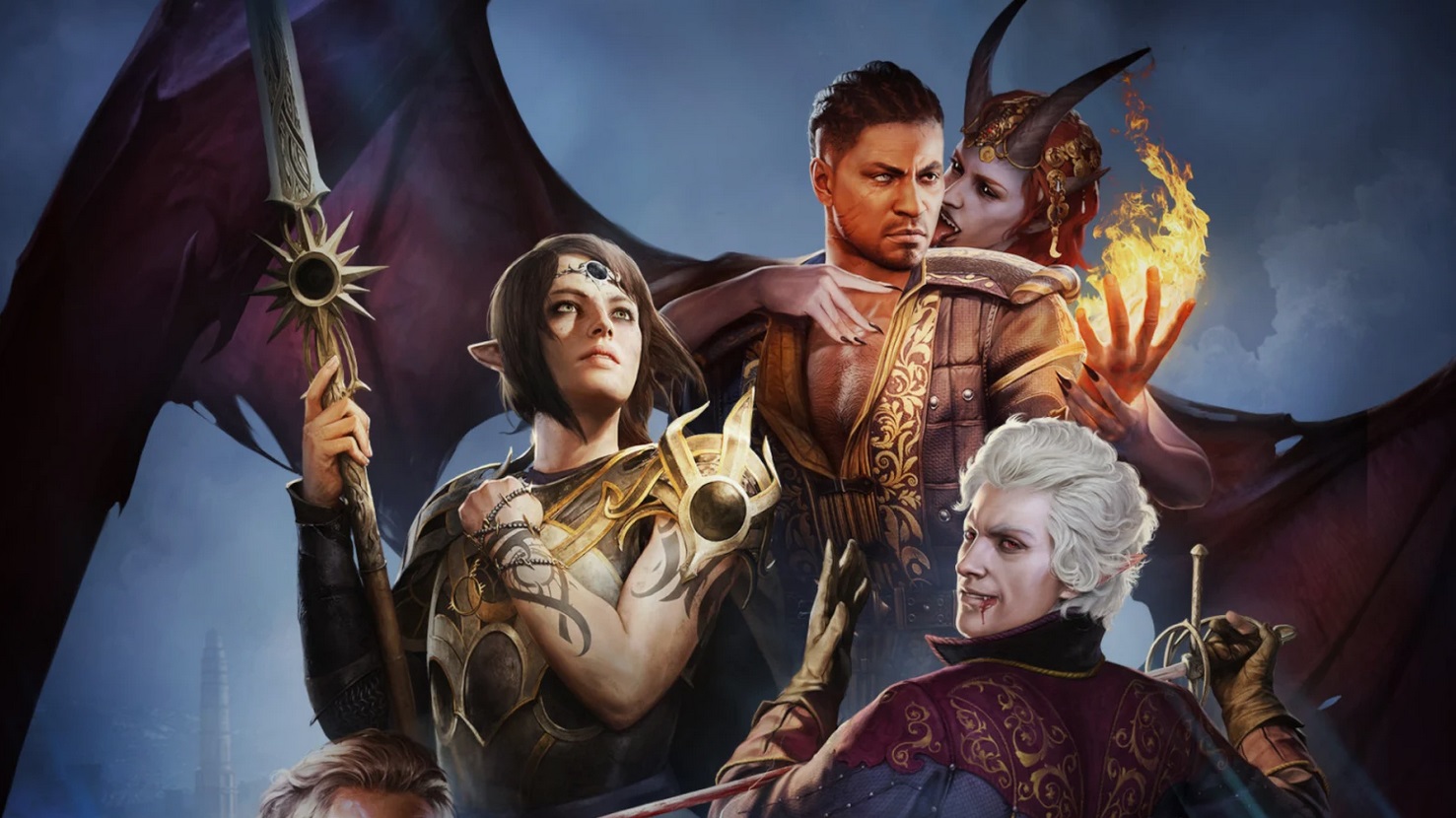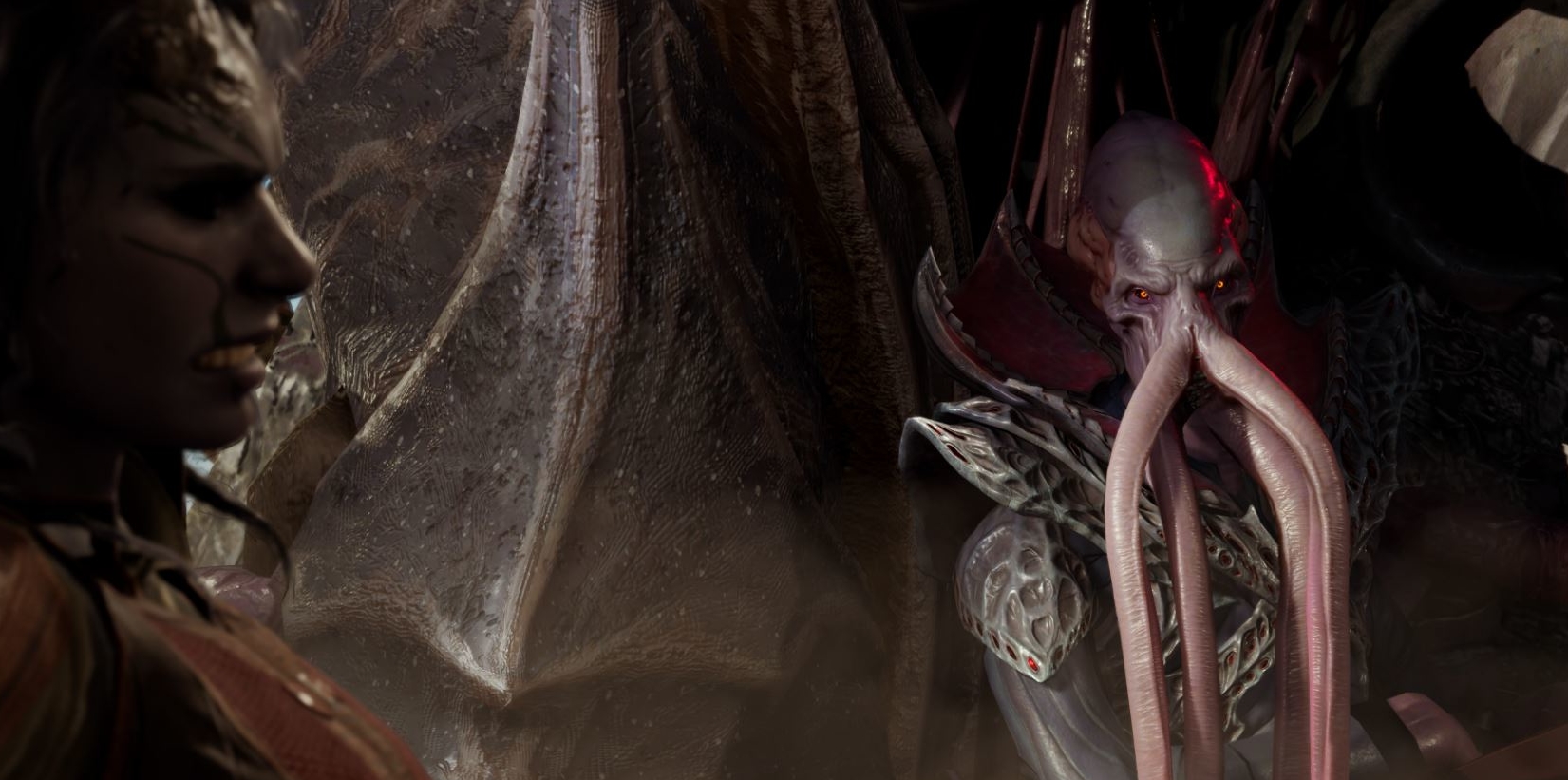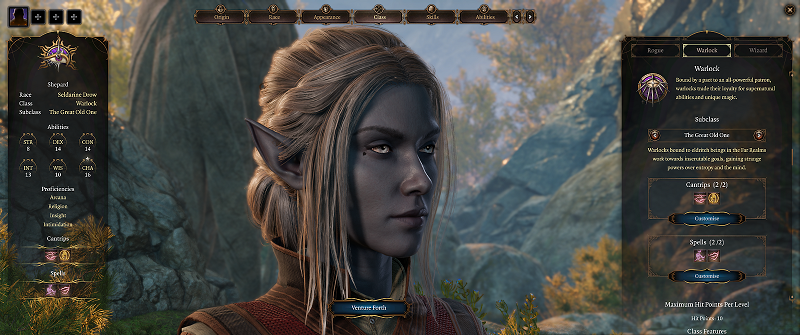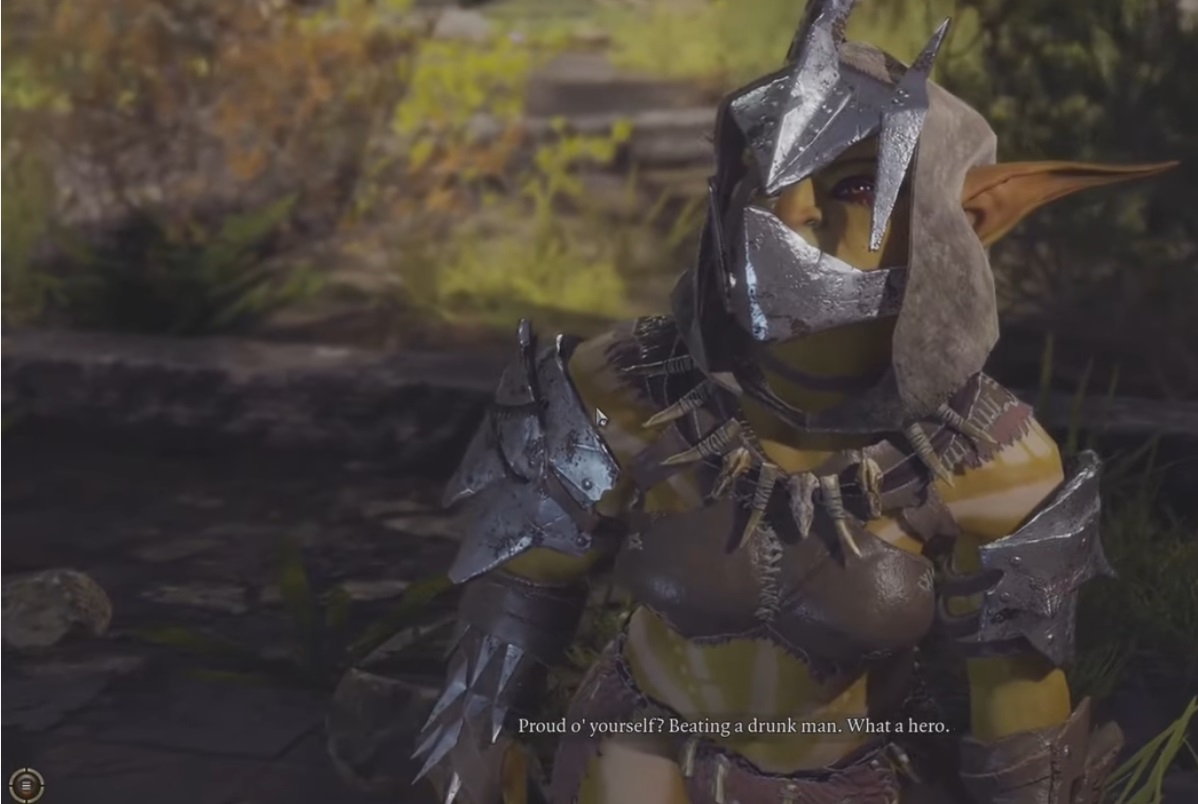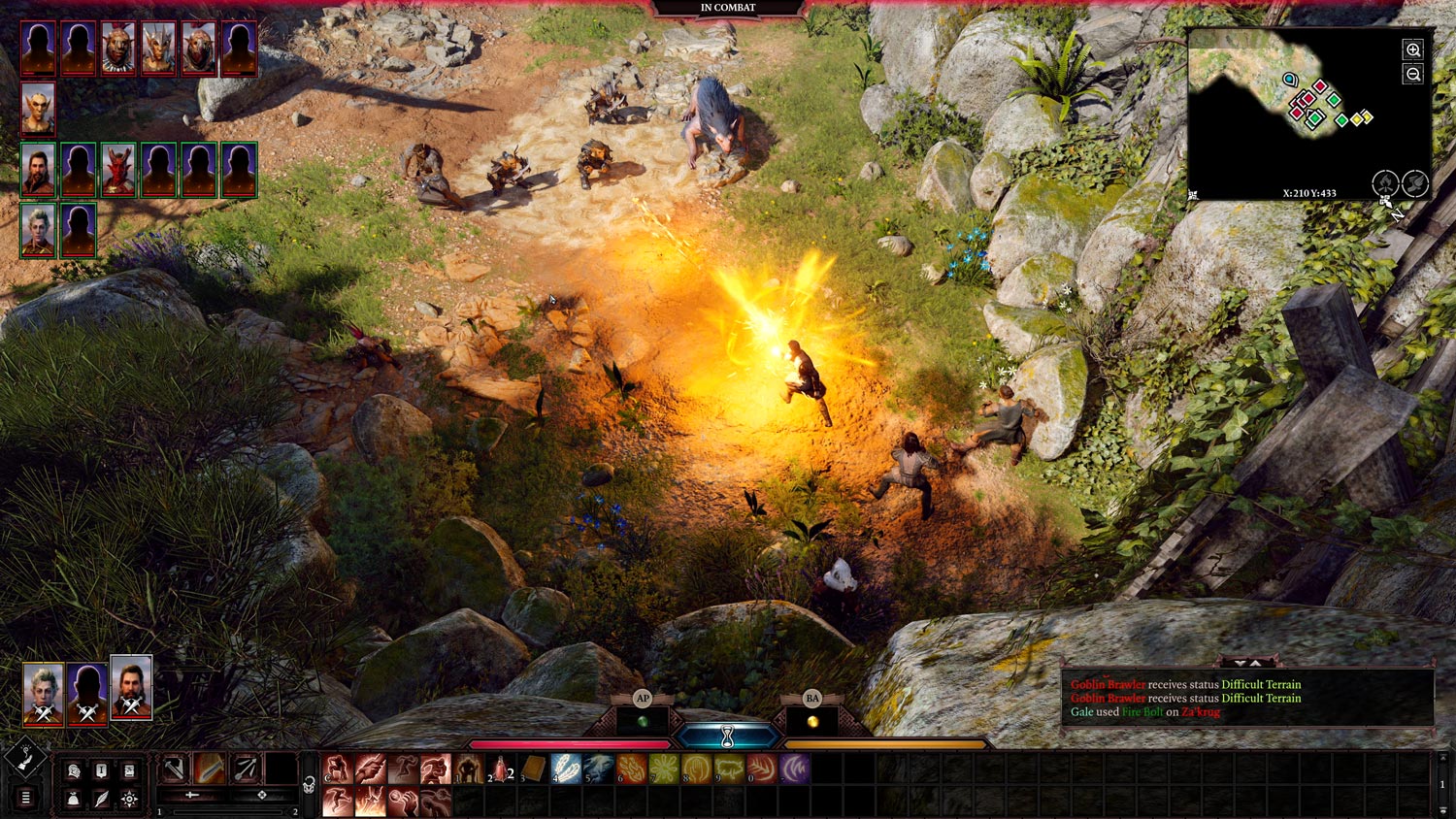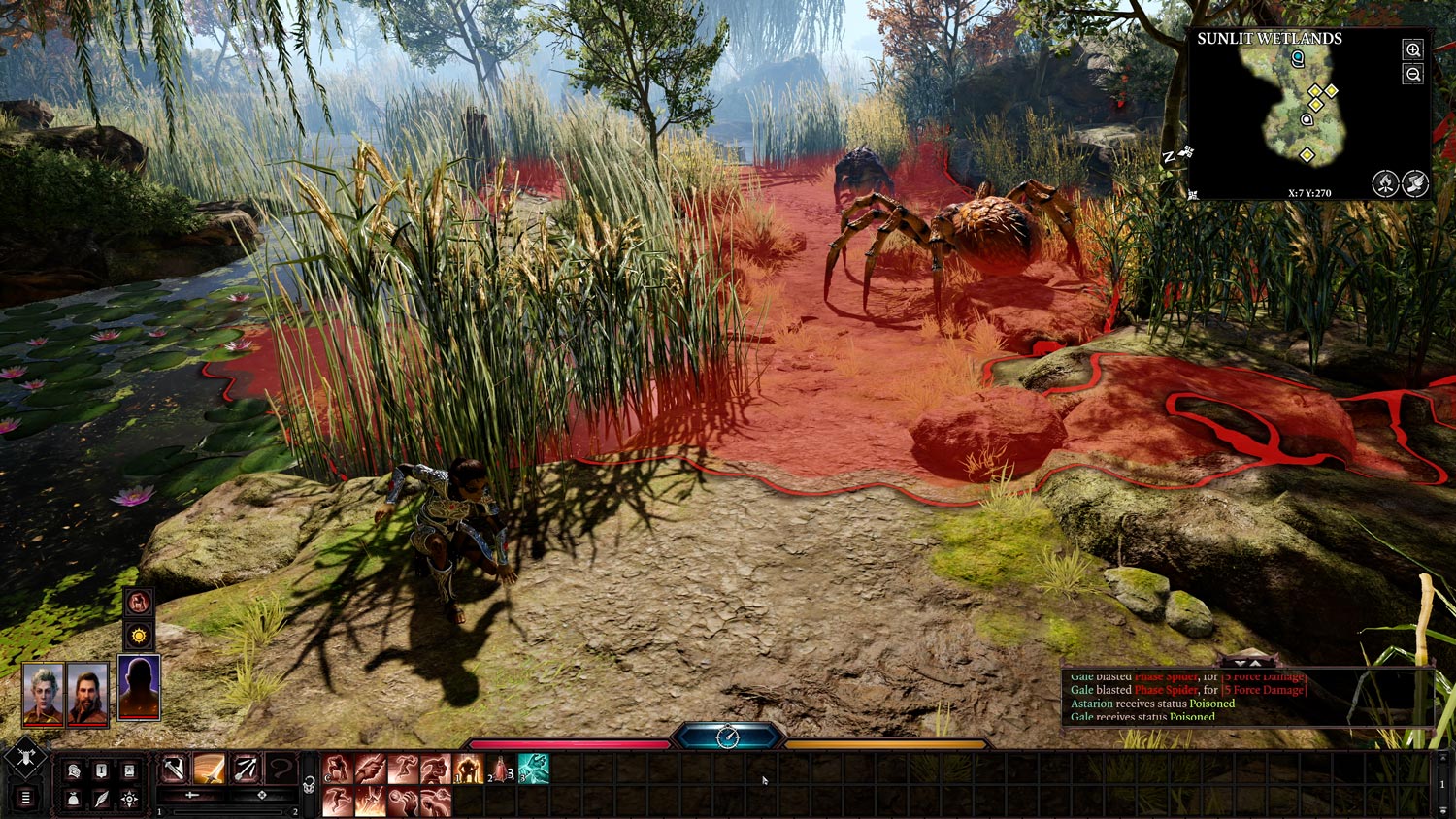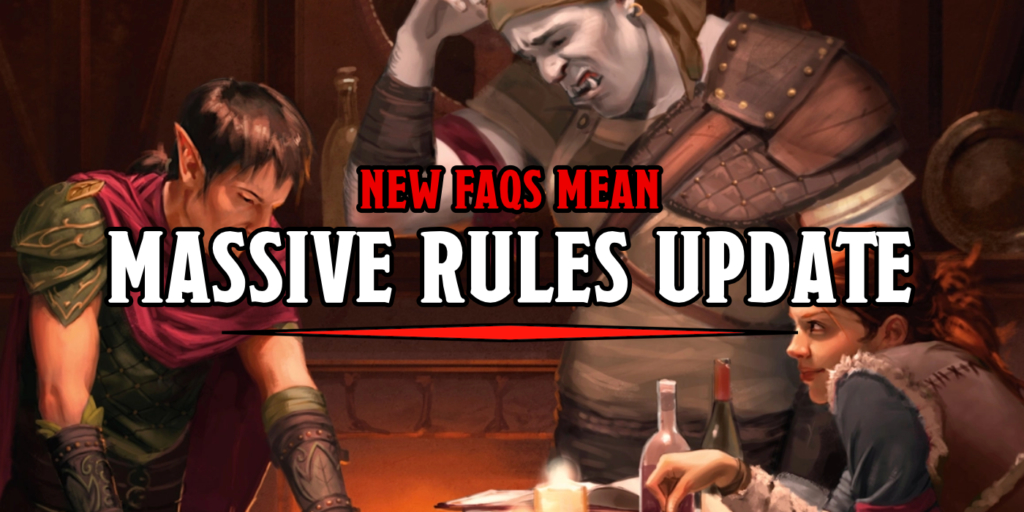D&D First Impressions: Hours In And Baldur’s Gate 3 Grabs Hold
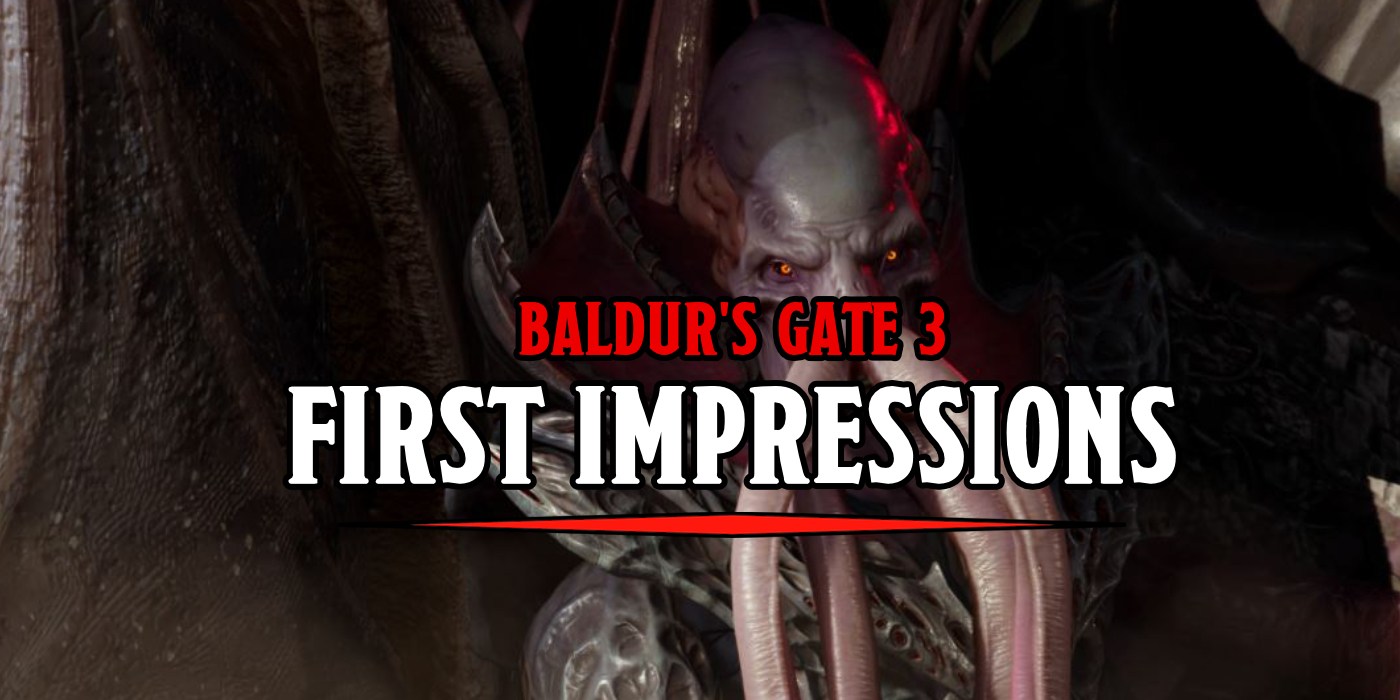
Baldur’s Gate 3 launched in Early Access yesterday, and we’re already hooked by the massive world that Larian invites you to explore.
When you call to mind the picture of a high elf wizard, do you imagine someone ethereally graceful, perhaps haughty and aloof, but with a quiet power? Or do you imagine an erudite master of magic who sits atop an ivory tower, looking down at the filthy commoners? Either way, you probably don’t imagine the cackling laughter of a wizard who exclusively casts Grease, and yet that’s what I have become.
Baldur’s Gate 3, which launched in Early Access just yesterday has done this to me. I have never cast Grease as frequently, or with as much glee, as I do in this game. A big part of the fun comes from watching the animation of hapless targets who fail their saves and fall prone–but the real fun kicks in when you set the pool of grease on fire and your enemies know your wrath at last. Baldur’s Gate 3 is a game about exactly that kind of nonsense.
Sure, it’s also a sprawling RPG that promises to include lots of character interaction, exploration, and all the big budget graphics and gravitas that you might expect from a BioWare game, but crucially, it’s all mixed with the sheer excess of Divinity Original Sin 2. Which is a double edged sword. On the one hand, or, edge, I guess, you have an incredible adaptation of the 5th Edition rules–it takes a little bit to get used to playing in the game’s weird 6-second chunks of time, for sure, but it is one of my favorite interpretations of the D&D “1 round = 6 seconds” reality to date. They take it literally, and it feels surprisingly good once you get used to it.
But you have to get used to it. You have to get used to a lot, in fact. And here’s where I offer up a few caveats, the game is in Early Access, which means it’s not finished. It’s far from finished. Larian Studios have said they’re going to spend the next year or so finishing the game, listening to feedback from the community. This is evidenced by the fact that you only get the first act or so on day one, which is still a lot to parse through, and it’s riddled with all the day one bugs you might expect from a game that’s still in a weird sort of beta. There are the occasional dead-ends and dialogue prompts that show up out of nowhere, but as long as you save manually and save often, you’ll almost certainly be covered if something catastrophic happens to your playthrough.
It isn’t the bugs that are the biggest sticking point, though. It’s how much the game hides what it is from you. If you’re familiar with Divinity: Original Sins 1 & 2, then you know all about how you can electrify an opponent standing in water, or how you can combine grease and fire–but Baldur’s Gate 3 doesn’t go out of its way to let you know. It seems to want you to discover this on your own, which is fine, but you’re wrangling with two different systems here.
Because you also have the 5th Edition ruleset to grapple with (and by the way Grease in 5E makes no mention of being flammable), which means you might not know the best time to cast Thunderwave is when your opponents are on the edge of a cliff. But it is.
Baldur’s Gate 3 is full of magical moments for people willing to explore and experiment. The game is packed full of random terrain that has hit points which you can destroy. In the first few minutes of the game, I took to clicking on random things to see just what would happen if I smashed them up. The game expects you to fight any time, any place. And so the world is full of crates and barrels and other objects that are sometimes helpful in a fight, or give you access to places you couldn’t reach. It’s this weird hybrid of D&D and Divinity that makes for some truly brilliant tactical fights–once you’re aware that’s what you can do. I suspect that people who try to play it straight, that is, who just use the basic rules of D&D as they know them, will be missing out on the incredible interactions that Baldur’s Gate 3 is chock full of.
If you can push past the somewhat steep learning curve though, you’re in for a treat. The characters are delightful, everyone is so very strongly characterized. And they have opinions about what you should be doing and aren’t afraid to share them. And Long Rests are a thing in the game–time passes when you camp, and you might find yourself missing the chance to fight a foe or tackle an encounter if you rest to try and top yourself up. You don’t just casually do it–which is pretty cool. I don’t think it happens all the time, I don’t know if there’s an internal calendar for the game and you only get so many long rests, but there were definitely parts where the decision to rest or not was a tough one.
And the combat is fluid. If you’re familiar with 5th Edition you know exactly what you’re getting in for. There are eccentricities, to be sure, but it really does play like an old-school party-based RPG with new-school writing and design. These are just our first impressions, so be sure and check back for a more in-depth review a little later this week.
Happy Adventuring!

